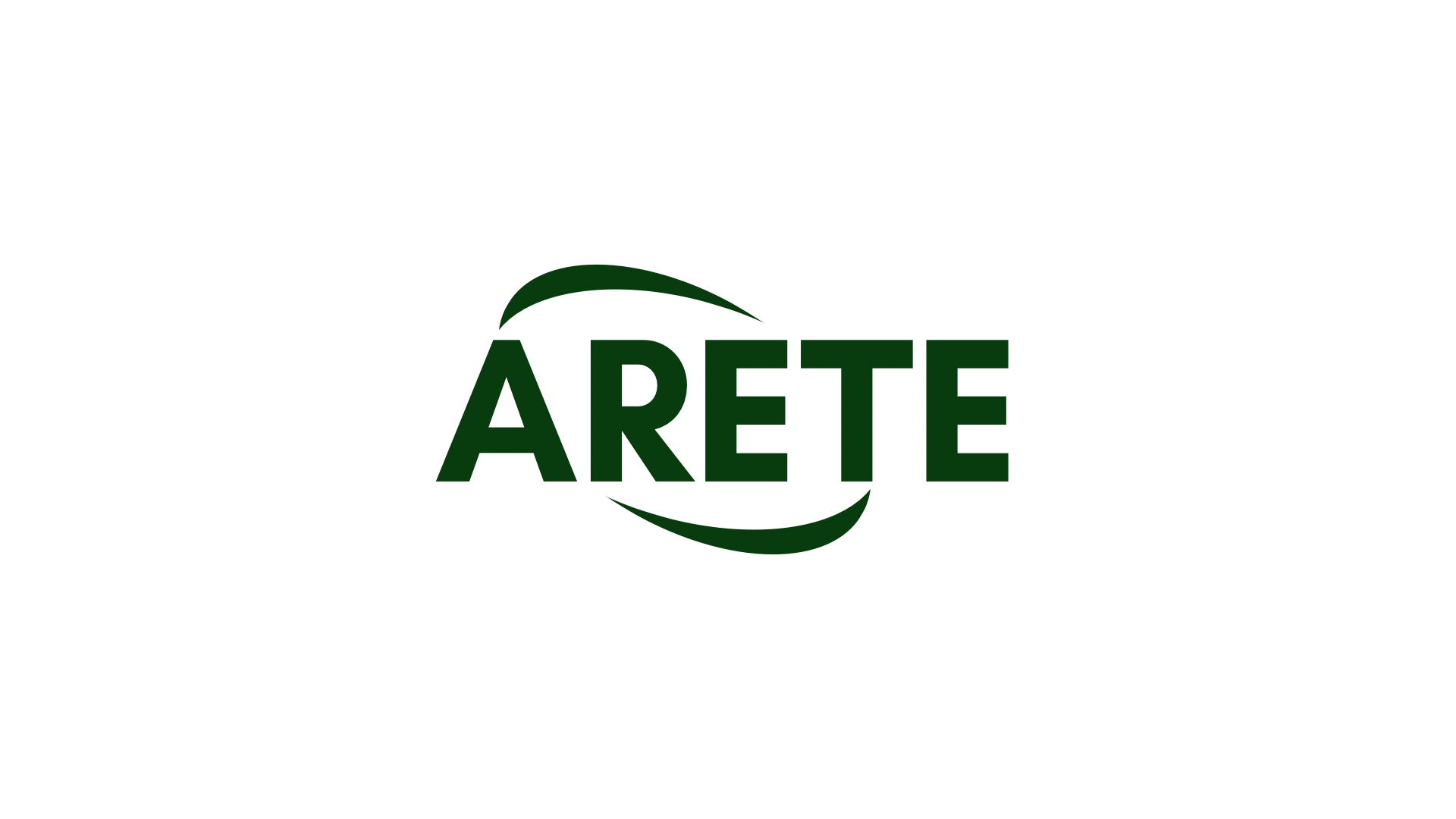The running node in execution makes the synchronization of the fastest initial blockchain?
Ethereum’s blockchain has long been afflicted by initial and bulky initial blockchain. A often cited solution is the use of pruning nodes, which significantly reduce the size of the blockchain on the disc. However, the execution of a pruning node with the --Prune 'option can have variable effects on the speed of the initial blockchain synchronization.
In this article, we will deepen the details of how the execution of a pruning node affects the speed of the initial blockchains of Ethereum and we will explore what is meant by "fastest".
What is pruning?
The pruning nodes are specialized computers designed to download only the necessary data from the Ethereum network. They are essentially large -scale mineral farms that help keep the blockchain safe and updated.
When a pruning node connects to the mainnet (i.e. synchronization begins), download the blocks into blocks, which reduces the overall size of the blockchain on the disc. This makes it easier for users to download and store the latest blockchains without having to wait for the whole story to be downloaded.
The running node in execution makes the synchronization of the fastest initial blockchain?
To answer this question, let's consider what happens during the initial synchronization process. Mainnet downloads blocks in blocks, which may take several hours or even days to be completed, depending on the network conditions and mining energy.
When a pruning node is running with the–Pruneoption, download only the necessary data from the network. This means that the Mainchain will be updated with the heading of new blocks (the "previous" block) before downloading the entire blockchain in blocks. As a result, the initial synchronization process can be potentially faster.
The execution of Bitcoind with -Prune the option makes the synchronization of the fastest initial blockchain?

However, there is an important consideration: pruning nodes use a significant amount of computational resources. In fact, Bitcoind (the Ethereum client) may actually not download new blocks so quickly if the pruning node is running simultaneously.
This is because the Mainchain will update with new block heads before downloading the entire blockchain into blocks. To update with the new headlines, Bitcoind must download new blocks, which can lead to greater latency and more slow initial synchronization times.
And the storage space?
While pruning nodes can make the initial synchronization process faster by reducing disk space requirements, they also consume significant quantities of storage resources. This is because the pruning nodes archite large quantities of data, including blocks, stories of transactions and other information.
If you are performing a small blockchain (for example, a solo node or a limited storage node), this may not be a significant concern. However, if you are synchronizing more blockchain or storing large quantities of data on the mining platform, the impact of pruning nodes can be substantial.
Conclusion
In summary, the execution of a pruning node with the-PRUNE ‘option can significantly reduce the size of the Ethereum blockchain on the disc, making it easier to download and archive. However, this also means that the Mainchain will have to update before downloading the entire blockchain in blocks. As a result, the initial synchronization process may be slightly slower.
If you are synchronizing more blockchains or storing large quantities of data, pruning nodes can still provide significant benefits. But if you are on a solo node with limited storage resources, you may not make an evident difference.
Best Practice
While pruning nodes can offer various advantages, they should not completely replace traditional mining systems. Instead, take into consideration the use of pruning nodes as a supplement to your efforts to synchronize the Mainchain or for specific use cases (for example, solo miners).
In any case, make sure to monitor the performance of your network and adjust your strategy accordingly.

